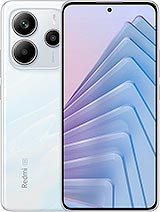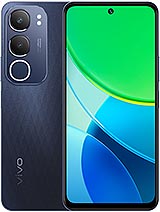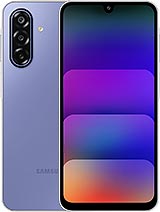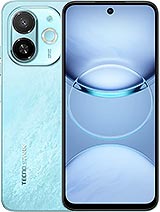Redmi Note 14 SE alternatives
Tap above to see alternatives.
Samsung Galaxy F14 4G alternatives
Tap above to see alternatives.
Redmi Note 14 SE

Redmi Note 14 SE
-
Dimensity 7025
6 nm
-
5110 mAh
45W
-
6.67"
1080 x 2400 pixels
-
50 MP
1080p@30fps
- Specs
Samsung Galaxy F14 4G

Samsung Galaxy F14 4G
-
Snapdragon 680
6 nm
-
5000 mAh
25W
-
6.7"
1080x2400 pixels
-
50 MP
1080p@30fps
- Specs
2x2.5 GHz Cortex-A78
6x2.0 GHz Cortex-A55
2.4 GHz, Quad core, Kryo 265
1.9 GHz, Quad core, Kryo 265
f/1.5, 26mm (wide), 1/1.95", 0.8µm, PDAF, OIS
8 MP
f/2.2, 21mm (ultrawide), 1/2.8"
2 MP
f/2.4, (macro)
f/1.8, (wide)
2 MP
f/2.4, (depth)
2 MP
f/2.4, (macro)
f/2.2, (wide), 1/4.0", 0.7µm
f/2.0, (wide)
SIM1: Nano, SIM2: Nano (Hybrid)
SIM1: Nano, SIM2: Nano
7 5G bands
n1, n3, n5, n8, n28, n40, n78
In this performance comparison, the Redmi Note 14 SE with its Mediatek Dimensity 7025 (6nm) performs better than the Samsung Galaxy F14 4G with the Qualcomm Snapdragon 680 (6nm), thanks to superior chipset efficiency.
Samsung Galaxy F14 4G launched with Android 13 and will receive updates, while Redmi Note 14 SE has no confirmed OS update information. Samsung Galaxy F14 4G receives 4 years of security updates, while Redmi Note 14 SE does not have confirmed info.
Redmi Note 14 SE features a superior AMOLED display, while Samsung Galaxy F14 4G comes with an LCD panel. In terms of smoothness, Redmi Note 14 SE offers a higher 120 Hz refresh rate, ensuring fluid scrolling and animations. Both devices deliver the same brightness level at nits. Both phones have the same screen resolution.
Redmi Note 14 SE comes with a larger 5110 mAh battery, which may offer longer usage on a single charge. Redmi Note 14 SE also supports faster wired charging at 45W, compared to 25W on Samsung Galaxy F14 4G.
Redmi Note 14 SE includes an IP64 rating, while Samsung Galaxy F14 4G lacks an official IP rating.
¹ Scores can vary even with the same chipset due to RAM, thermals, and software optimization.










